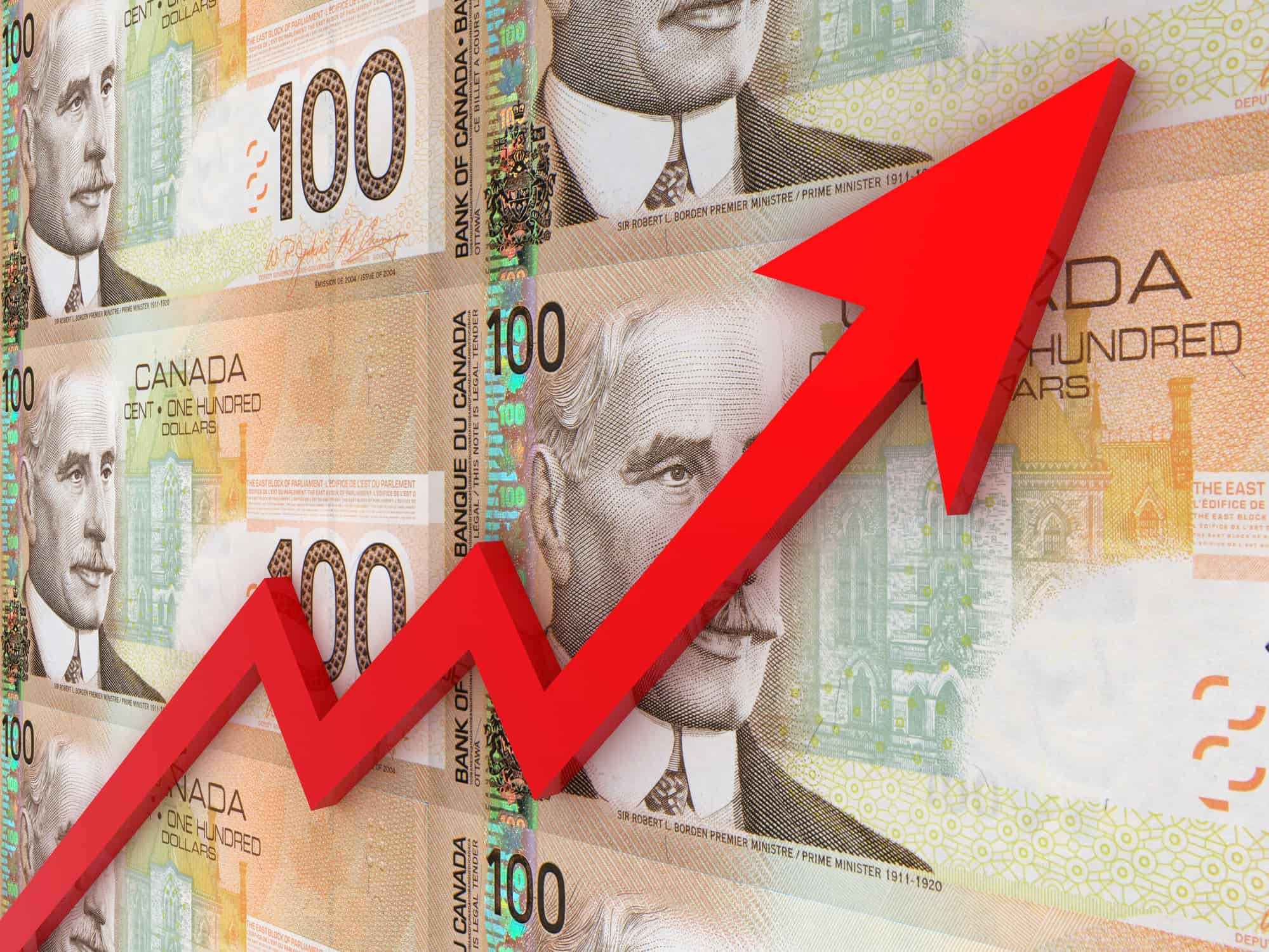When investing, you diversify your money across different stocks. You can apply the same for household income. While your job is the biggest source of income, you can diversify and develop two or three passive-income streams through stocks or real estate. This passive-income stream may take time to build. But if you compare your daily time and effort to generate income, the waiting pays off. The power of compounding makes your money work for you if you give it time.
The math behind the $1,000 quarterly passive income
To build a passive-income stream through dividend stocks, you need three numbers:
- The amount you can invest annually
- The amount of passive income you want annually
- The number of years you need to achieve that passive income
In order to achieve a passive income of $1,000/quarter, or $4,000 annually from stocks that generate a 6% yield, you need to invest the following amount:
| Annual Investment | No. of Years | Total Investment |
| $12,000 | 5 | $60,000 |
| $6,000 | 9 | $54,000 |
| $4,000 | 12 | $48,000 |
This calculation assumes you reinvest the dividend in a stock offering a 6% yield.
The table shows that the more time you give to the market, the less investment you need to get the same outcome of $1,000/quarter in passive income. The time in the market allows your money to compound and increase your returns.
Many individuals delay their investments for years, as they don’t have the money to invest. The above table shows that you are losing money by delaying investment.
A $4,000 annual investment needs $333/month, or just $11/day. You can start planning your passive income at the cost of two burgers and let compounding do the rest. The math does make you hungry.
How many stocks does it take to earn $1,000 in quarterly passive income?
How many stocks do you need to make the math work? Consider your risk appetite. There is no ideal number, but it is recommended that you invest in at least two stocks across different verticals to diversify your risk and get the best shot at a $1,000 quarterly passive income. You can start by investing in these two TSX stocks, giving a combined yield of 6%.
Enbridge stock
With $4,000 investment bandwidth, you can lock in growing dividends of North America’s largest pipeline operator Enbridge (TSX:ENB). The stock has an average dividend yield of 6% as the company’s stock price grows in sync with dividend growth. The company is aggressively investing in gas pipelines to tap the future growth potential of North America’s liquefied natural gas (LNG) exports to Europe and Asia.
Enbridge’s dividends are secure, as they are funded from existing operational projects. When the new gas pipelines come online, they will add to Enbridge’s income stream and help it fund future dividends. As its stock price is range bound ($48-$60), you can target an average cost of $55.
CT REIT stock
Enbridge is a good stock, but you need to diversify across sectors and asset classes. So, when energy stocks enter bear momentum, like in 2020, the other stock can mitigate the downside. CT REIT (TSX:CRT.UN) fits the bill. It gives you exposure to retail giant Canadian Tire and real estate asset class. The backing of the strong parent allows the real estate investment trust (REIT) to maintain high occupancy and regular rental income and even grow it, as the retailer opens new stores.
Investing for $1,000 quarterly passive income
| Stock | Average Stock Price | Annual Dividend/Share | No. of Shares | Total Annual Investment | Total Annual Dividend |
| ENB | $55.00 | $3.55 | 54 | $2,970.00 | $191.70 |
| CRT | $16.50 | $0.87 | 60 | $990.00 | $52.2 |
From the $4,000, you can allocate $3,000 towards Enbridge and $1,000 towards CT REIT. Once you accumulate $4,000, buy the two stocks at or below their average price of $55 and $16.5, respectively. This way, you can buy 54 shares of Enbridge for $3,000 and secure an annual passive income of $191.7. Combining that with CRT’s $52.2 passive income from 60 shares, you will have over $243.9 (6% yield) passive income in 2024 on a $3,960 investment in 2023.
You can repeat this investment for 11 years and lock in $1,000 every quarter.







